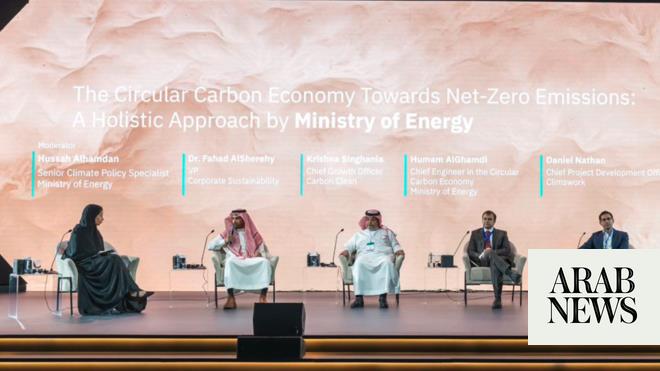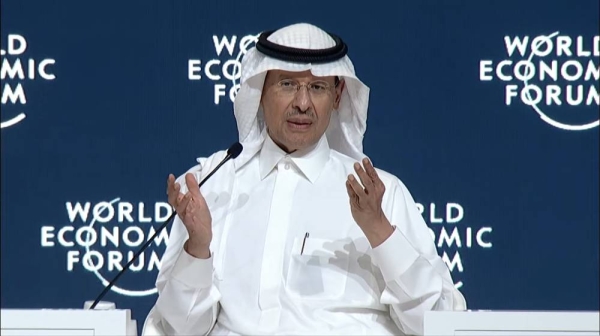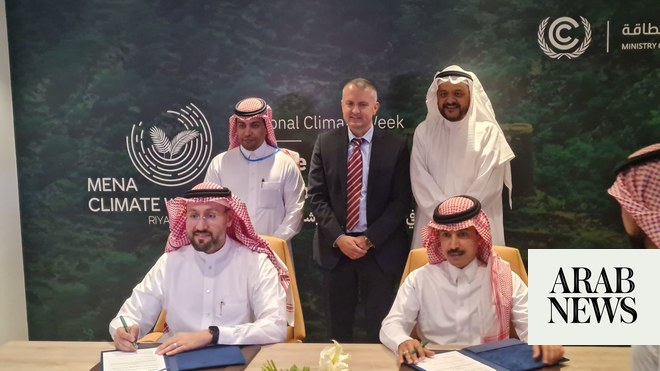
This week climate events have made international events every day. On Sunday, Hurricane Ida slammed New Orleans depriving over 1 million homes of power. On Tuesday, New Delhi received the heaviest rainfall in over 12 years, recording 120 mm in 24 hours, almost 90 pc of total rain that normally falls in all of September. Barely a day later, New York and New Jersey saw the highest ever rain in a single day with nearly 210 mm tumbling in under 24 hours. Indeed, for well over a year, rarely a day has gone by, when an extreme weather event – a forest fire, severe drought, a hurricane or unprecedented rain has not made it to global news.
In such a situation, it is not only normal or needed, but indeed critical that governments, companies and societies put their best minds and scientists to work to find solutions that help address climate change and global warming in a meaningful manner.
On the face of it, it seems that there are dozens of projects being studied in various labs around the world to save the planet Earth. The range of these projects is indeed stunning. One project, called solar geoengineering, involves two technologies, which both focus on reflecting a significant amount of sunlight back into the space. In marine cloud brightening, drone ships are used to spray sea salt into clouds to make them denser and hence more reflective of sunlight. The other technology, stratospheric aerosol injection, envisages use of aircraft, balloons or rockets and artillery shells that launch millions of tonnes of sulfates into the atmosphere, to make a layer of particles that scatters sunlight. Another concept involves launching a spatial umbrella that reflects sunlight before it enters the Earth’s atmosphere. All these methods focus on reflecting sunlight in an attempt to cut the temperatures on the Earth.
Millions of dollars have already been committed to research on these and many other concepts and other similarly outlandish and harebrained ideas. In fact, Sweden was all set to launch a field test of a high altitude balloon for a stratospheric aerosol injection but the project, led by researchers of Harvard, was cancelled on opposition of the Saami Council that represents indigenous population of Sweden, who were worried about implications of the technology and the fact that it would distract from the imperative need of focusing on emission reductions as the sole realistic and practical solution to address global warming and climate change.
The problems with all of the above cited and similar technologies or concepts that businesses and scientists are currently toying with are many. First is that as all of them involve altering natural phenomenon – be it the amount of sunlight coming into the atmosphere or cloud formation and density – they are almost certain to have wide ranging impact on the entire planet and impact its climate, not just a small part. And what may be a good solution, say for Greenland, may wreak havoc in Democratic Republic of Congo.
Instead of struggling with harebrained concepts, businesses and governments would do better to get their scientists find solutions within mother nature and to cut emissions.
Ranvir S. Nayar
Moreover, the practicality of all these ideas is far from proven and neither has any study, even theoretical, attempted on the side effects of such experiments in short, medium or long term.
Other concepts, which have moved beyond the scientific papers and even the laboratories include carbon capture and carbon storage, both of which involve setting up gigantic structures that would capture carbon from the atmosphere and store it.
But, these too are very expensive ideas that are unworkable at a global level and looking at the trillions of tonnes of carbon that needs to be captured from the atmosphere in a matter of few years to be able start slowing down the rate of increase in the amount of carbon present.
Thus, the focus of the world seems to be in finding a way out, however, outlandish it may be, but which would allow them to happily release away all the carbon that they can and which does not call for any change in the production or consumption patterns of the modern world. As has become frequently evident over the past few years, there is only one destination of this route – global annihilation.
Indeed, the only way to save the Earth from the certain disaster that it is facing, the global community and the scientists need to focus on finding solutions that cut greenhouse gas emissions, which is the only way to address climate change. These include phasing out of fossil fuels at a much faster rate than envisaged currently and in the interim significantly enhancing the efficiency and productivity of all machines that use fossil fuels, be it in using lesser electricity or amount of oil or coal to get the same or better output than currently.
The world also needs to focus much more attention as well as money on conservation of forests, the biggest bulwark provided by the nature, against climate change, instead of puny, man-made machines to capture and store carbon. In addition, the world needs to spend more time, money and energy into finding solutions for mitigation and adaptation to climate change.
Unfortunately, this is lagging so far behind what is needed or what the governments and businesses have committed to that it appears set to fail. On climate mitigation and adaptation, for instance, in 2009 climate change meet at Copenhagen, the developed countries promised to fund actions to reduce greenhouse gas emissions and to adapt to the inevitable effects of climate change in developing countries. Developed countries promised to provide USD 30 billion a year from 2010, raising it to USD 100 billion per year from 2020. However, numerous studies, including by Oxfam, show that the actual performance of the rich world is a far cry from what it committed to and even what it claims to be doing currently.
Despite all smart accounting practices and excuses, the developed world has managed to do a fraction of what it promised. Oxfam estimates that even though donor nations claimed to have given USD 59.5 billion per year on average in 2017 and 2018, the true value of support for climate action may be as little as USD 19-22.5 billion per year once loan repayments, interest and other forms of over-reporting are stripped out. Oxfam says that while the rich world was to provide grants to the poor nations, as much as 80 pc of the money given in 2017 and 2018 was in form of loans and that too not at subsidised rates.
One of the first lessons that any young student of science learns in a classroom is that simplest solutions to any problem are not only the most efficient, but also that they are abundant in nature. So, instead of struggling with harebrained concepts, businesses and governments would do better to get their scientists find solutions within mother nature and to cut emissions.
• Ranvir S. Nayar is managing editor of Media India Group.
Disclaimer: Views expressed by writers in this section are their own and do not necessarily reflect Arab News" point-of-view












